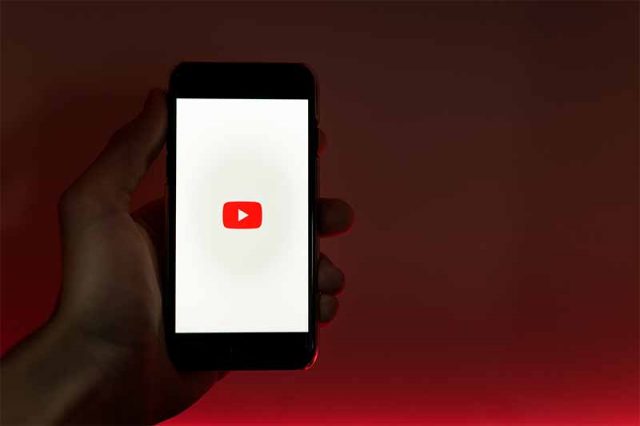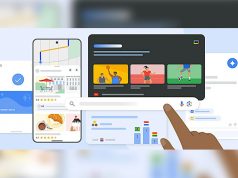In an era of bite-sized and vertical video content, it is easier for users to grab audio snippets from other video clips as they jump in on the latest dance craze or lip-synch to top hit songs in 60 seconds or less.
But when videos from other platforms are cross-posted on YouTube Shorts, are they still covered by copyright?
The “short” answer is yes. Fabio Magagna, YouTube group product manager in a press roundtable last Wednesday said short video uploads are also scanned for copyright in the same way as long-form videos and livestreams.
“If somebody copied from Tiktok and uploaded it to YouTube, we open the same thing as you would download it from another platform or upload it on YouTube. Our [copyright] products are also on Shorts,” Magagna added.
For video content creators, it might be worth brushing up on how YouTube handles copyright claims.
With over 500 hours of videos uploaded every minute on the video-streaming platform, YouTube generally acts based on the copyright owner or creator’s preferences.
“We don’t know who owns what, so everybody who has copyright has to come to us first to tell us what they own. Otherwise, we cannot help,” said Magagna, who also detailed YouTub’s three tools to help creators decide what to do with those claims.
The copyright webform is YouTube’s most basic tool, where everyone on the platform can submit a copyright takedown request, Magagna said. YouTub reviews the request for misuse — or false copyright claims — and removes the video if found to have violated copyright rules.
YouTube also scans new uploads of videos originally published by its creator using its copyright match tool. More than two million channels with access to this tool are given a list of video matches of their original content.
The original creators have the option to remove the flagged videos, ignore them, or request attribution so they also get proper credit in the other uploads.
Larger channels dealing with privacy problems, or channels with extremely popular content, can have access to the automated Content ID tool.
“What happens is that the rights holders have to give us information about what they own. They have to share with us, for example, a media file together with some description, and they have to give us advice about what should happen if somebody uses their content,” Magagna said.
He added that rights holders can block or track the other uploader or be monetized. Rightsholders choose to monetize 90% of all Content ID claims, which Magagna said opens up “a multitude of new revenue streams for themselves.”
More than 750 million Content ID claims were made in the latter half of 2021, with less than 1% of claims being disputed, according to YouTube’s Copyright Transparency Report.
Over 60% of Content ID disputes were resolved in favor of the creator, Magagna said, either because claimants voluntarily released the claim or did not respond to the dispute on time.










